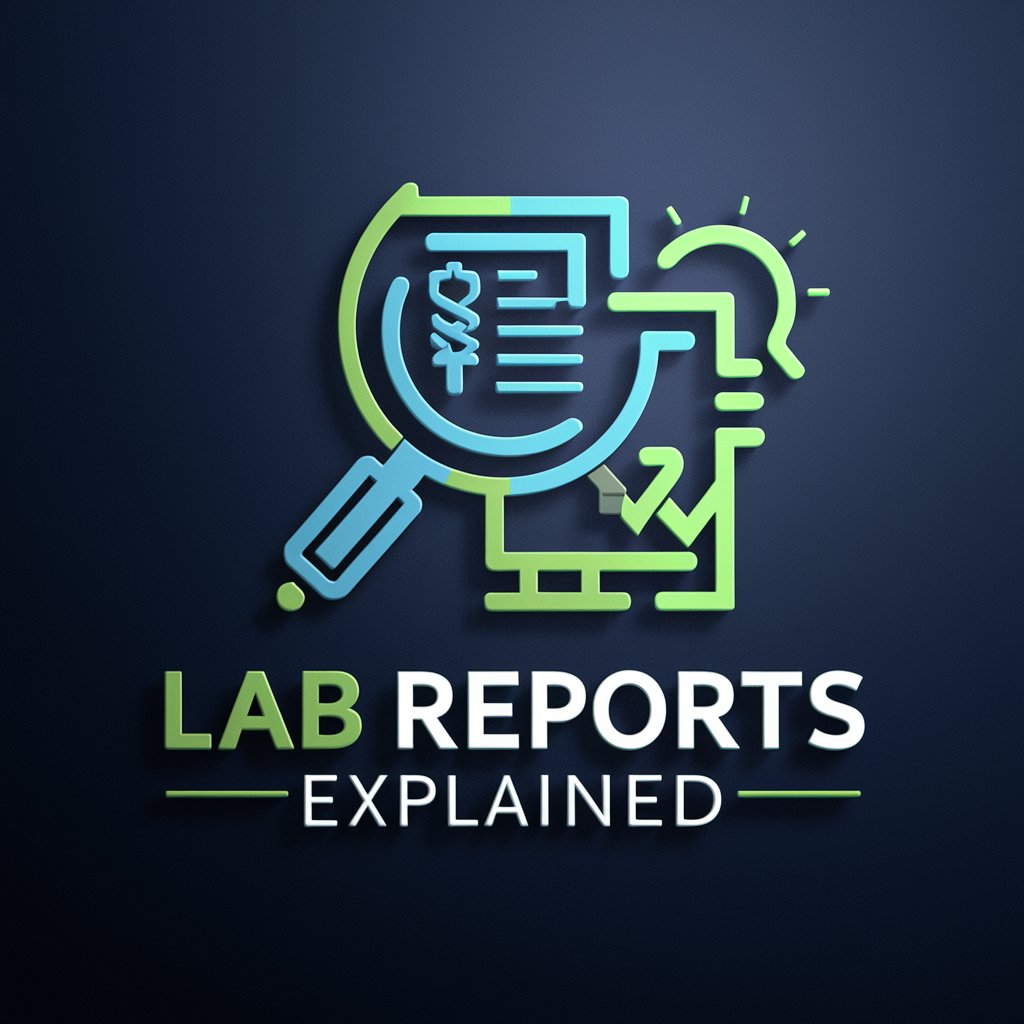
Crypto Derivatives: Understanding the Basics - Guide to Crypto Derivatives

Hello, I'm your guide to Crypto Derivatives by Uni.
Demystifying crypto derivatives with AI
Explain the basics of crypto derivatives...
What are the risks involved in trading crypto derivatives?
Can you describe the different types of crypto derivatives?
How do futures contracts work in the crypto market?
Get Embed Code
Introduction to Crypto Derivatives
Crypto derivatives are complex financial instruments that derive their value from underlying cryptocurrency assets. Unlike purchasing cryptocurrencies directly, derivatives allow traders to speculate on the future price movements of crypto assets without owning them. The primary purpose of these instruments is to provide advanced trading strategies, such as hedging, leverage, and speculation, within the cryptocurrency market. An example that illustrates the basic function of a crypto derivative is a Bitcoin futures contract. In this scenario, two parties agree to buy or sell Bitcoin at a predetermined price on a specific future date. Regardless of the market price at the contract's expiration, the buyer is obligated to purchase, and the seller is obligated to provide the agreed amount of Bitcoin, mitigating the risk of price volatility. Powered by ChatGPT-4o。

Core Functions of Crypto Derivatives
Hedging
Example
Bitcoin Futures Contracts
Scenario
A Bitcoin miner expects the price of Bitcoin to fall in the coming months. To protect against potential losses from price decline, the miner sells a Bitcoin futures contract at today's price, locking in a guaranteed sale price. If Bitcoin's price drops, the gains from the futures contract will offset the losses from the lower selling price of the mined Bitcoin.
Speculation
Example
Ethereum Options
Scenario
A trader believes Ethereum's price will increase in the short term. Instead of purchasing Ethereum directly, the trader buys a call option, giving them the right (but not the obligation) to buy Ethereum at a set price before the option expires. If Ethereum's price rises above the strike price, the trader can exercise the option to achieve a profit or sell the option at its increased premium.
Leverage
Example
Crypto Margin Trading
Scenario
A trader uses a small amount of capital to borrow and trade a larger amount of cryptocurrency, amplifying potential returns. For instance, with a 10:1 leverage, a $1,000 investment allows the trader to control $10,000 worth of cryptocurrency. If the market moves favorably, the profits are magnified. However, this also increases the risk of substantial losses.
Who Benefits from Crypto Derivatives?
Institutional Investors
Large-scale investors such as hedge funds, banks, and financial institutions use crypto derivatives to hedge their extensive cryptocurrency holdings or to take significant positions in the market without needing to hold the actual assets, thus reducing the risks associated with storage and security of cryptocurrencies.
Retail Traders
Individual traders looking to capitalize on the cryptocurrency market's volatility without owning the underlying assets. These users benefit from derivatives to speculate on price movements or hedge their digital asset portfolios against price swings.
Miners and Crypto Businesses
Cryptocurrency miners and companies operating in the crypto space use derivatives to hedge against the price volatility of cryptocurrencies. This ensures that they can lock in prices for their mined or held cryptocurrencies, providing revenue stability despite market fluctuations.

How to Use Crypto Derivatives: Understanding the Basics
Start Your Journey
Begin by accessing a comprehensive guide without the need for signing up or subscribing to premium services. Visit a platform offering free trials, such as yeschat.ai, to explore the basics of crypto derivatives.
Grasp the Basics
Familiarize yourself with fundamental concepts of crypto derivatives, including futures, options, and swaps. Understand their purpose, how they function, and their role in the cryptocurrency market.
Explore Use Cases
Learn about common applications of crypto derivatives, such as hedging against price volatility, speculating on future price movements, and leveraging positions in the market.
Risk Management
Study the inherent risks associated with trading crypto derivatives and strategies for managing these risks. This includes understanding leverage, margin requirements, and the importance of a diversified portfolio.
Continuous Learning
Engage with educational resources, tutorials, and market analysis reports to stay updated on the latest trends and developments in the crypto derivatives market. Practicing with virtual trading accounts can also be beneficial.
Try other advanced and practical GPTs
Construction and Maintenance of Infrastru... Tutor
Empowering construction knowledge with AI.

CodeAI
Empowering code with AI expertise.

Name Generator
Craft the perfect name with AI power.

Investment Scout
Empowering Your Investment Decisions with AI

Dream Weaver
Navigate dreams with AI-powered guidance.

Chat Essay Generator
Empowering Your Writing with AI

Walkthroughs Tips and Interactive Gaming Guide
Elevate Your Game with AI-Powered Insights

Alderney - your guide
Discover Alderney: AI-Powered Island Insights

Pet Care Companion ...
Empowering pet care with AI

Lab Reports Explained
Deciphering Your Health, One Report at a Time

Corn Snake Care
Empowering Corn Snake Owners with AI

Ingredient Analyst
Unlock the secrets of your food with AI-powered analysis.

Frequently Asked Questions About Crypto Derivatives: Understanding the Basics
What are crypto derivatives?
Crypto derivatives are financial instruments whose value is derived from the underlying cryptocurrency assets. They enable traders to speculate on future price movements without owning the actual asset.
How do futures contracts in crypto work?
Futures contracts are agreements to buy or sell a cryptocurrency at a predetermined price at a specific time in the future. They allow traders to hedge against price volatility or speculate on price movements.
Can you explain the concept of leverage in crypto derivatives?
Leverage involves borrowing funds to increase the potential return of an investment. In crypto derivatives, traders can use leverage to amplify their exposure to price movements, potentially increasing profits but also magnifying losses.
What are the risks of trading crypto derivatives?
The risks include market volatility, liquidation (if the market moves against a leveraged position), and counterparty risk (the risk that the other party in the contract will not fulfill their obligations).
How can one manage risks when trading crypto derivatives?
Risk management strategies include setting stop-loss orders, using only a portion of your portfolio for leveraged positions, diversifying investments, and staying informed about market conditions.





